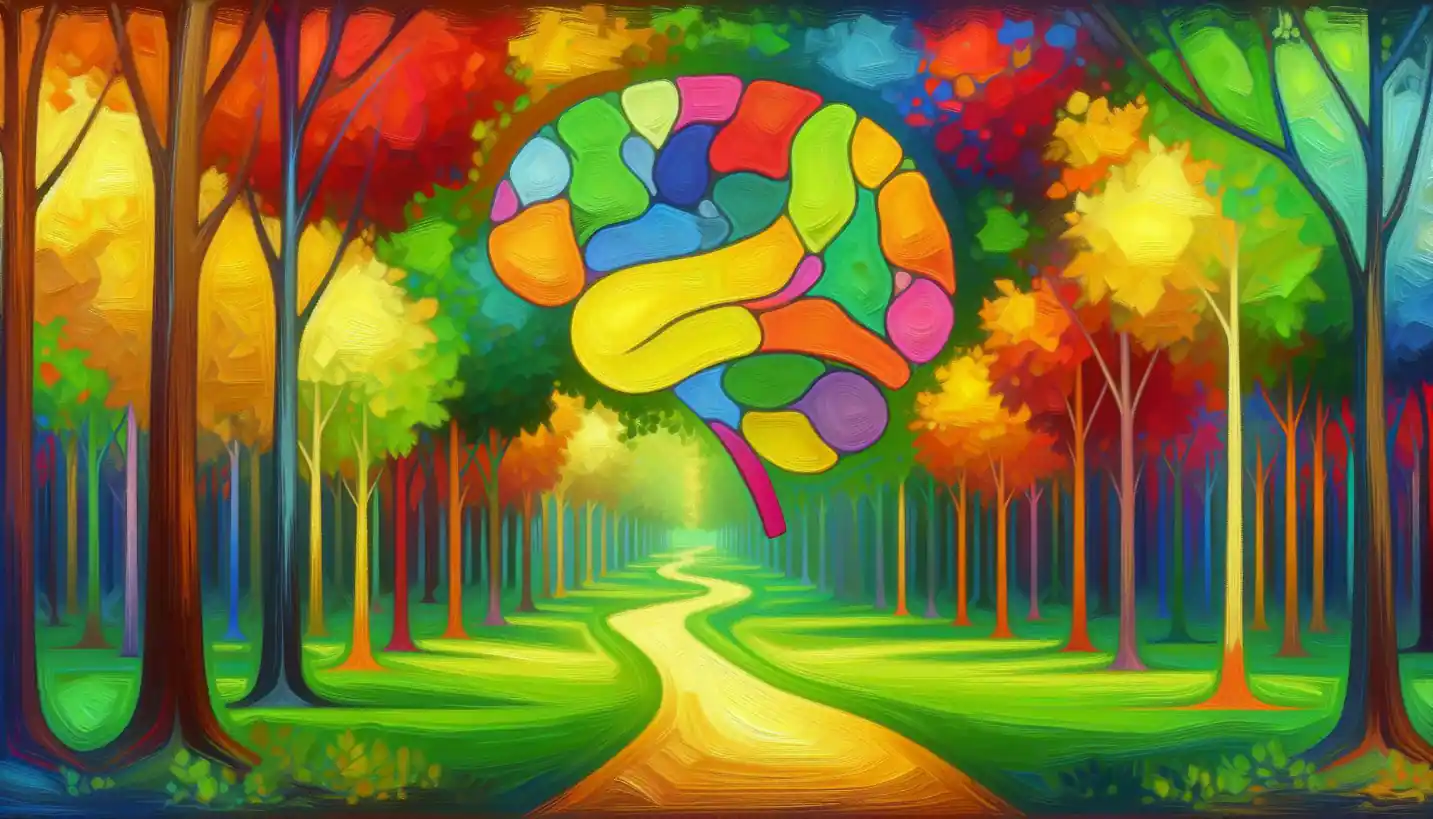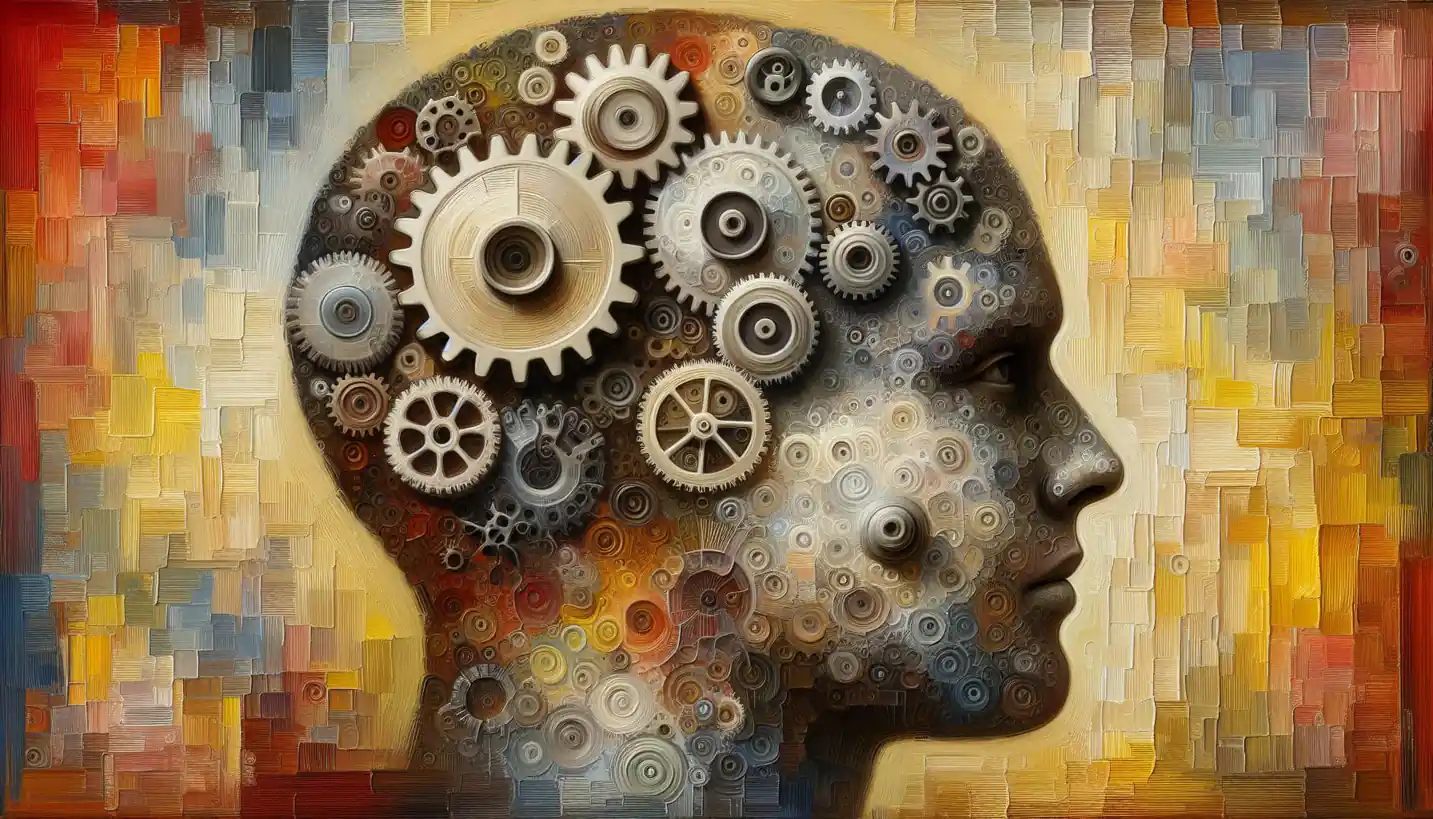· Psychology · 4 min read
Understanding Schema: The Building Blocks of the Mind
Schemas are the building blocks of the mind, influencing thoughts and behaviors. Discover how revealing these mental structures can lead to personal growth and change.

When diving into the world of clinical psychology, schema is a term you might often encounter. These are the mental frameworks that shape how we perceive the world, affecting our thoughts, emotions, and behaviors.
What Exactly is Schema?
Schemas are like mental blueprints. Just as an architect creates a plan for a building, our brains develop these plans to help us understand and organize information. They’re built from our past experiences and knowledge, helping us interpret new information by linking it with what we already know.
The Role of Schema in Psychology
In clinical psychology, schemas are crucial because they influence how we react to different situations. Imagine your mind as an extensive library, with schemas as the card catalog system. They help us filter through experiences and decide what’s relevant and what isn’t.
Negative schemas, often stemming from early negative experiences, can lead to distorted thinking and unhealthy behaviors. For instance, if someone grows up believing they are unworthy of love because of past experiences, this schema might challenge their relationships or self-esteem later in life.
Types of Schemas
There are several types of schemas, including:
Self-Schema: These are beliefs about oneself. They shape our identity and self-worth. For example, thinking you’re bad at sports because of a childhood experience can become a self-schema.
Social Schemas: These involve the norms and roles expected within social groups. For instance, what you perceive as the role of a mother or a teacher falls under this.
Event Schemas: Otherwise known as scripts, these guide our understanding of sequences of events in particular contexts, like dining at a restaurant.
How Schemas Develop
Schemas begin to form in early childhood, influenced by our interactions with family, school, and peers. As we grow, these experiences layer over one another, constantly shaping and reshaping our mental frameworks.
Imagine your brain as a pot of clay. Each experience molds it a little more, sometimes leaving deep impressions that are hard to change. By adulthood, these impressions can significantly influence how we react to the world.
The Impact of Schemas on Mental Health
Schemas can have both positive and negative effects. Healthy schemas help us function and adapt to new situations effectively. However, when they are negative or maladaptive, they can lead to mental health challenges.
For example, a maladaptive schema might make someone perceive rejection even when none exists, leading to anxiety or depression. Therapists often work to identify and modify these schemas to improve mental well-being.
Schema Therapy: Rewriting Your Mental Patterns
Schema therapy is a treatment specifically designed to change deeply ingrained schemas. It combines elements of cognitive-behavioral therapy, attachment theory, and more, aiming to transform harmful patterns into healthier ones.
Through this therapy, individuals learn to recognize their schemas and understand how these influence their lives. It’s like turning the light on in a dimly lit room and finally seeing things clearly.
Real-Life Application: Overcoming a Negative Schema
Consider Jane, who constantly feels unworthy of success despite her achievements. Her negative self-schema tells her she’s a fraud. Through schema therapy, Jane gradually identifies these thoughts and confronts their origins, like a recurring childhood criticism. With time and technique, she starts rewriting her internal script, moving towards a more positive self-image.
Future Directions and Curiosity
Understanding schemas opens fascinating pathways for research and therapeutic techniques. How do different cultures affect schema development? Can technology help in visualizing and altering schemas? These questions beckon a broader exploration into how our mental frameworks shape us.
Schemas are like the operating system of the mind, running silently in the background but crucial for everyday functioning. Recognizing and understanding these can be a powerful tool in managing mental health, helping individuals reclaim control and improve their life experiences.
In the grand tapestry of psychology, schemas are threads that bind our past to our present, weaving the intricate patterns that define our thoughts and actions. As we continue to explore this concept, new insights promise to illuminate further how we can reframe our minds for a healthier, happier existence.



